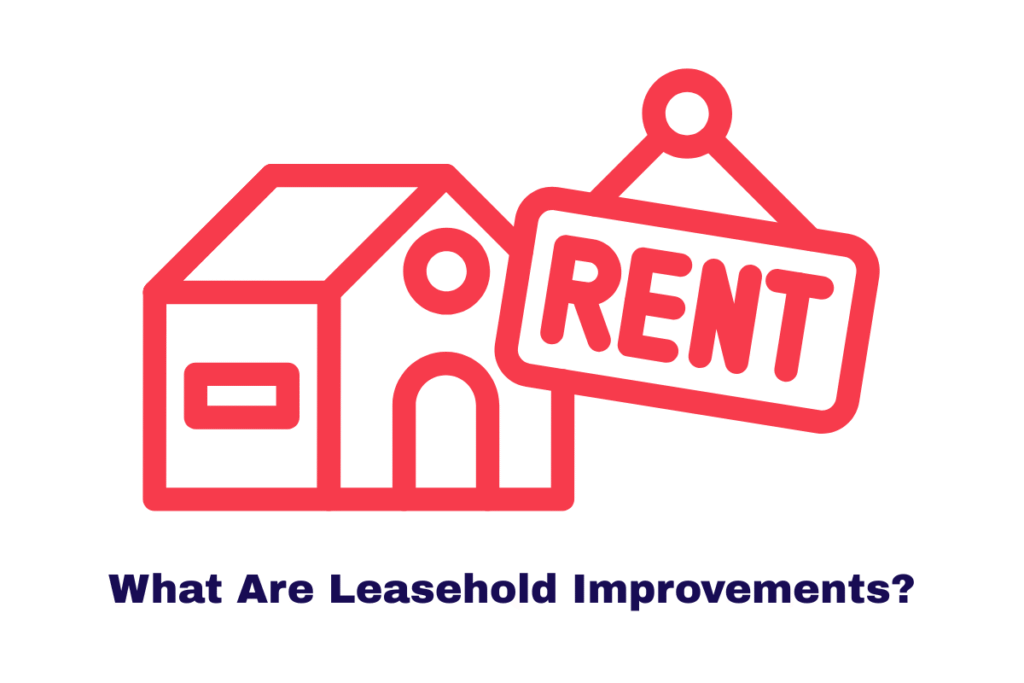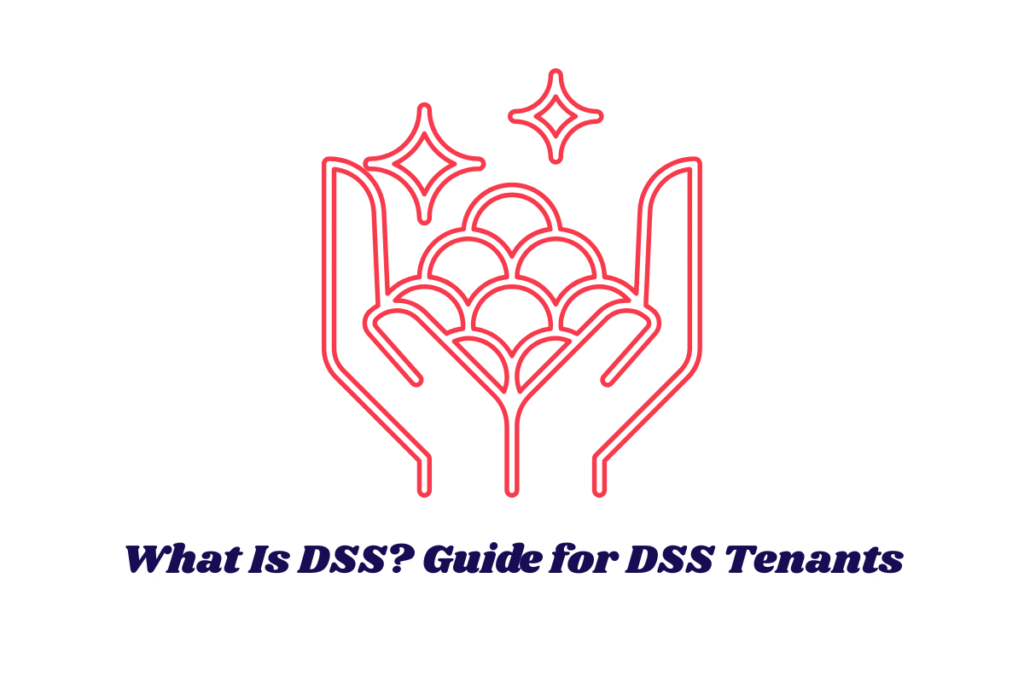If you’re running a business from a rented commercial property, chances are you’ve made changes to suit your operational needs. But did you know these changes have a specific term in accounting and tax? They’re known as leasehold improvements. In this article, we’ll break down exactly what leasehold improvements are, how they’re amortised, how to account for them, and what HMRC has to say about it.
Understanding Leasehold Improvements
What are leasehold improvements?
Also known as tenant improvements, leasehold improvements refer to any alterations or enhancements made to a rented commercial property to tailor it to the specific requirements of the tenant.
These modifications could be made by either the tenant or the landlord, but most commonly, it’s the tenant who bears the cost.
Common examples of leasehold improvements include:
- Installing partition walls or glass enclosures
- Adding or upgrading plumbing and electrical systems
- New flooring or ceiling designs
- Built-in shelving and cabinetry
- Fitting customised light fixtures
- Adding kitchens or washrooms
As per UK GAAP (Generally Accepted Accounting Principles), these improvements are considered non-current assets.
You can also read our more guides on Personal Tax:
What is a Personal Investment Company?
HMRC’s View on Leasehold Improvements
HMRC recognises that such improvements may qualify as capital expenditure, and the treatment depends on the nature and expected useful life of the improvement.
According to HMRC’s Capital Allowances Manual (source), some leasehold improvements may be eligible for capital allowances under the Annual Investment Allowance (AIA), but this is subject to strict criteria.
Tip: Always keep itemised receipts and work orders for any improvements made. This is essential for proving costs and justifying any tax claims you make.
Are Leasehold Improvements Amortised or Depreciated?
This is a frequently asked question. Let’s clarify.
Leasehold improvements are amortised, not depreciated. Why?
- Depreciation applies to tangible fixed assets that are owned by the business.
- Since leasehold improvements are made to a property that the tenant does not own, they are not depreciated.
- Instead, they are amortised over the shorter of their useful life or the remaining term of the lease.
Example:
Suppose you install new flooring costing £10,000 in your rented office with a 5-year lease. If the flooring has a useful life of 10 years but your lease ends in 5, you amortise the cost over 5 years. That means you expense £2,000 each year.
If the lease is renewed, you may re-assess the amortisation schedule.
Accounting for Leasehold Improvements
Proper accounting ensures that you stay compliant and maintain accurate financial records. Here’s a step-by-step guide:
- Create an Asset Account:
Set up a new account in your balance sheet titled Leasehold Improvements. - Create a Contra Account:
Add a contra asset account called Accumulated Amortisation – Leasehold Improvements. - Record the Costs:
Collect all invoices and receipts. Record the total expenditure by debiting the Leasehold Improvements account and crediting the relevant payment account (e.g., bank or credit card). - Start Amortisation:
Each year, transfer a portion of the cost to your income statement as an expense. This involves debiting the amortisation expense account and crediting the accumulated amortisation account. - Financial Reporting:
Include these figures in your year-end financial statements to reflect the asset’s declining value.
Tax Implications of Leasehold Improvements
Whether you can claim tax relief depends on the nature of the improvement. According to HMRC:
- Structural changes may not qualify for capital allowances.
- Expenditure on plant and machinery (e.g. lighting systems, air-conditioning) may qualify.
- The improvements must be wholly and exclusively for business purposes.
For further guidance, visit HMRC Capital Allowances Guide.
Leasehold Improvements vs Repairs
It’s important not to confuse leasehold improvements with repairs and maintenance:
| Category | Leasehold Improvement | Repair & Maintenance |
| Capital or Revenue? | Capital | Revenue |
| Tax Relief | Over time via amortisation | Immediate |
| Examples | Installing new kitchenette | Fixing a leaky tap |
Incorrectly categorising an improvement can lead to errors in tax filings. HMRC is stringent on this point.
What Happens When the Lease Ends?
Once your lease expires, the improvements typically become the property of the landlord, unless there’s an agreement stating otherwise.
You lose the right to use those improvements, and they are removed from your books. Any remaining unamortised cost should be written off.
Why Accurate Accounting Matters
Accurately accounting for these helps in:
- Tracking your capital expenditure
- Understanding your asset base
- Claiming appropriate tax relief
- Making informed financial decisions
Many UK SMEs get penalised for poor accounting practices. Working with a certified accountant ensures compliance with HMRC regulations.
Need help understanding your tax obligations? Use our Bonus Tax Calculator, Dividend Calculator, or Listen to Taxman Calculator to plan ahead.
Final Thoughts
So, what are leasehold improvements? Simply put, they’re the enhancements you make to a rented property to meet your business needs.
These improvements are classified as assets, amortised over the lease term, and must be accounted for properly to remain tax compliant.
Whether you’re installing a new reception desk, upgrading lighting, or adding partition walls, ensure all costs are documented, classified correctly, and reviewed by a professional accountant. For the latest guidelines, always refer to HMRC or consult with a tax advisor.
References:
The content provided on TaxCalculatorsUK, including our blog and articles, is for general informational purposes only and does not constitute financial, accounting, or legal advice.
You can also visit HMRC’s official website for more in-depth information about the topic.



